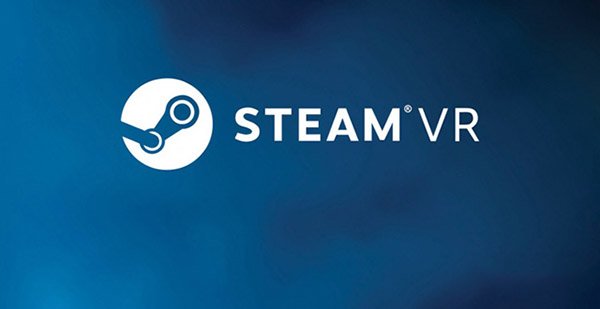The new version of SteamVR adds asynchronous reprojection to the NVIDIA GPU. With Oculus's asynchronous time warp, asynchronous reprojection can reduce unnecessary "jitter" when the hardware cannot maintain a 90 fps frame rate.
This feature was added to the updated SteamVR beta on October 25. Asynchronous reprojection is a long-awaited feature, especially for HTC Vive users. Its purpose is to keep the screen running smoothly at frame rates below 90fps. In the past, the universal compatible solution used by Valve was "interleaved reprojection." The technology re-projects one frame every other frame at a frame rate of 45 fps, still "feeling" like 90 frames as the head rotates. However, staggered quadratic projections have a negative effect on positional movements and animations and produce effects similar to afterimages. However, asynchronous reprojection will pick up the previous frame and display it again to match the updated direction data. Although the performance will be somewhat reduced, this residual image effect can be eliminated. Overall, smoothness and comfort will improve, and after all, frame rate fluctuations below 90 fps are common.

Oculus Rift users already have asynchronous reprojection since March and are compatible with all applications (including Rift on SteamVR), so this update will not have an impact on Rift users. Glad to see Valve starting to provide similar technology, but they still need to expand support for AMD graphics cards to match Oculus's complete solution.
Valve is somewhat reluctant to enable more advanced reprojection solutions, but instead prioritizes "adaptive quality" (such as dynamic adjustment of resolution and anti-aliasing) to maintain frame rate because it applies to a wider range of hardware And other operating systems. On the other hand, Oculus only supports Windows systems, and has further reduced system configuration requirements by introducing "asynchronous space warps". Asynchronous spatial warping can further address the positional offset and animation jitter generated by conventional asynchronous reprojection, thereby effectively reducing the minimum requirements for VR scene rendering. Even if the system is running at a frame rate of 45fps, the Rift can run smoothly. We can expect Valve to launch its own "Asynchronous Spacewarp" technology. After all, this can not only ensure the smooth running of VR content, but also generally reduce the entry threshold for VR.
4 In 1 Wireless Data Charging Cable
Mobile Phone Charging Usb Adapter Cable For iPhone
Five lengths
Each pause is a length, suitable for multiple occasions
Notice
Both cables are stretched at the same time
Do not stretch unilaterally
dual-use, small portable, easy to take durable
flexible length adjustment
Guangzhou HangDeng Tech Co. Ltd , https://www.hangdengtech.com